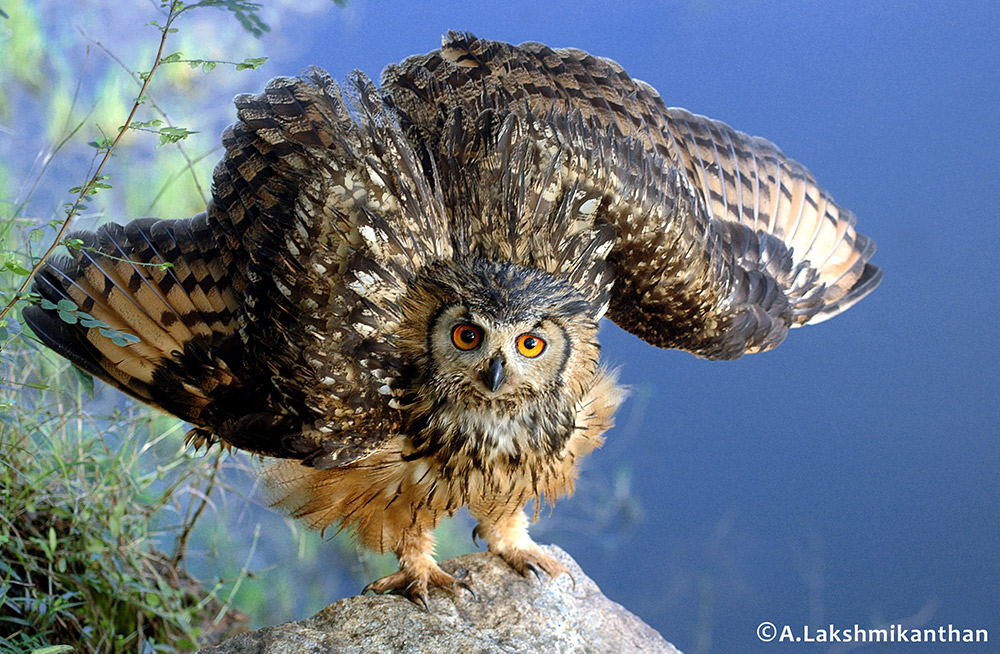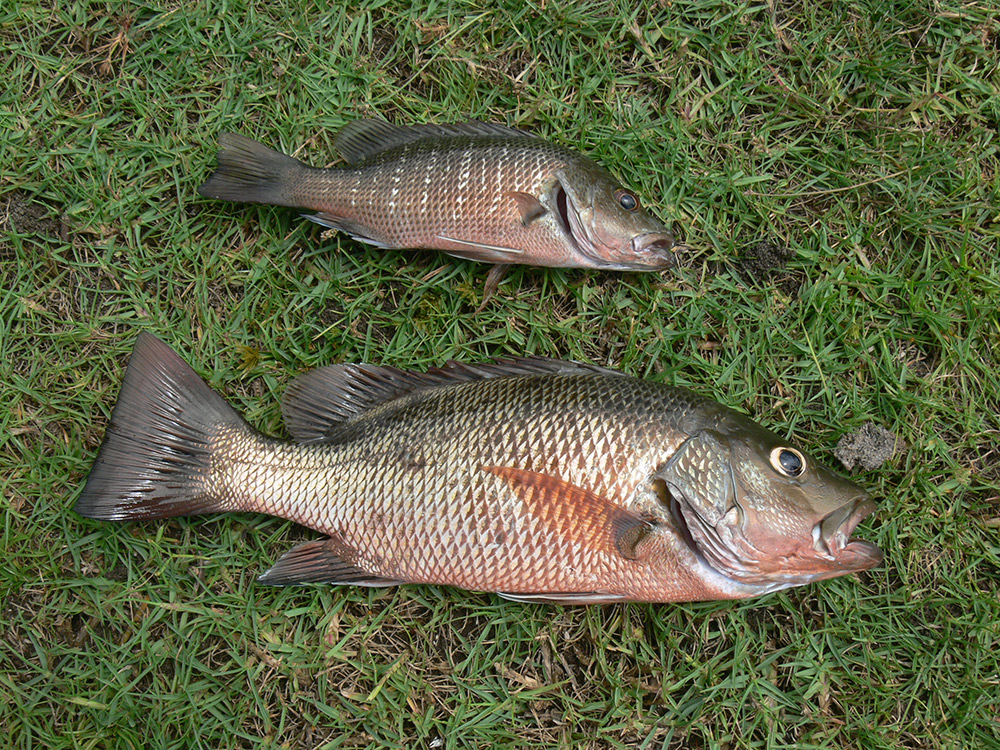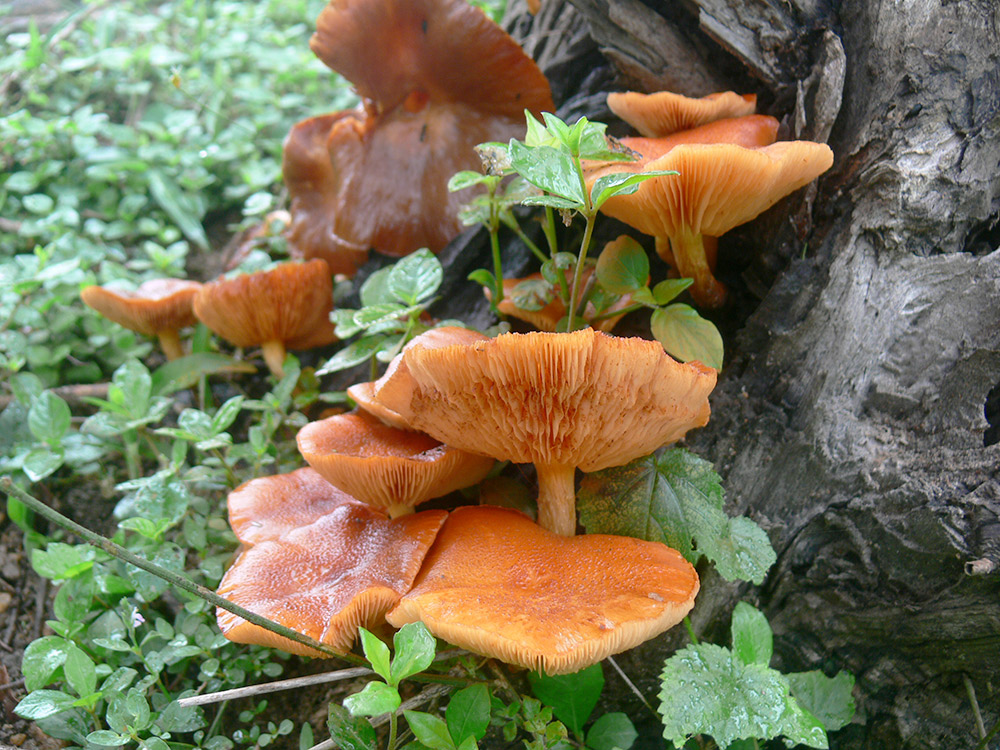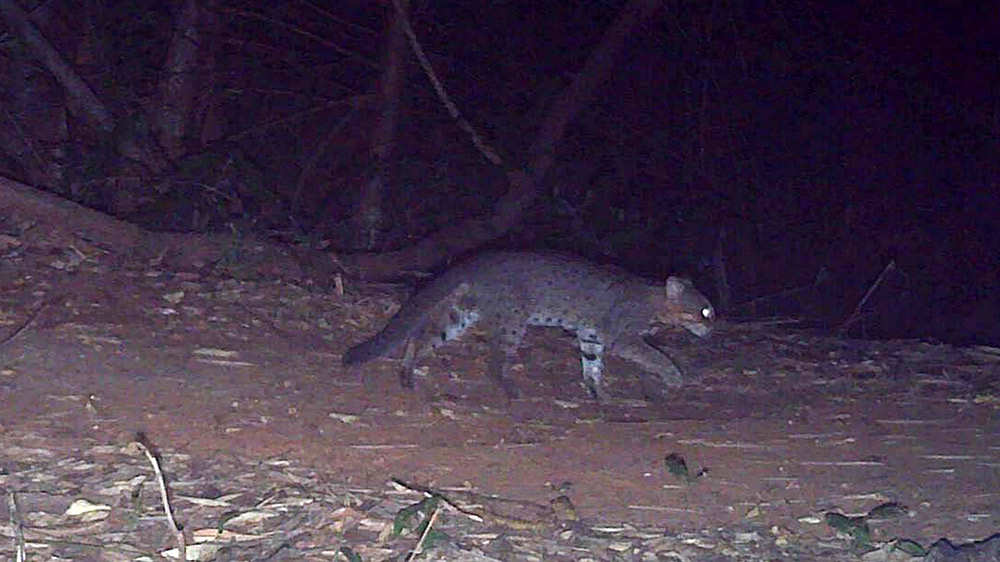Wildlife Research
Pitchandikulam is not a puristic conservation research organization. Though there has been considerable output concerning biotic inventorisation, the focus has not been interpretative science.

Indian Eagle Owl
Nevertheless, scientific enquiry has been encouraged and the results are obvious as can be seen below:
The first phase of inquiry began in 1997 when Eric Ramanujam approached Pitchandikulam to study rodents for taxonomical purposes since he was involved in an autecological / behavioral study of the Indian Eagle Owl Bubo bengalensis.
Broken wing display in an unfledged Indian Eagle Owl Bubo bengalensis
Bird watching sessions have been ongoing for many years in the wetland area of Kaluveli by interested Aurovillians, but with the exception of snakes, no other group of vertebrates were documented. Pitchandikulam began the processess of inventorizing all groups of vertebrates (Fish, Amphibians, Reptiles and Mammals) and a comprehensive photographic record of these exists in our database.

Mangrove Snapper
Intensive sampling of fish from both brackish and fresh water areas of the Kaliveli floodplain and creek areas was undertaken on the European Comission’s programme. And then the UBS – Tsunami project happened which allowed us to inquire much more and expand our focus to the estuarine and marine reaches.

Laughing Gym
Dr. Shanmugam Mani, Botanist and Soil Biologist, undertook a study of Macrofungi of the Kaliveli region which included Pitchandikulam – the first of its kind in this region.
Pitchandikulam was invited to Chennai to partake in a wetland restoration / rehabilitation programme that concerned a 58 acre site. A vertebrate diversity survey was put into place which documented the success of the enterprise.
Ichthyofaunal diversity of the Adyar Wetland complex, Chennai, Tamil Nadu, southern India
The survey team at Pitchandikulam has also been active in the Eastern Ghats, especially the Servarayan Hills, where they collected the holotype of the Shieldtail Snake Uropeltis shortii now housed in the Zoological Survey of India’s collection. They also collected specimens of a Danio which showed overlapping characteristics between D. aequipinnatus and D. malabiricus.
Rediscovery of Beddome’s Coralsnake Calliophis beddomei Smith, 1943 from the type locality

Uropeltis shortii
Pitchandikulam was the first institution to conduct a survey of passive snake demography in Asia to the best of our knowledge (since we were not allowed to use the capture / mark / recapture technique legally) and the results were accepted for official publication and presented in a forum of herpetology.

Rusty-spotted Cat
Camera trap surveys of mammalian fauna were conducted by Dr Bubesh Guptha and our office staff in Pitchandikulam and this conclusively recorded the presence of the Spotted Deer Axis axis. The highlight of the study was the presence of the Rusty-spotted Cat Prionaiurus rubiginosus from its type locality after a gap of 165 years which co-exists with the Jungle Cat Felis chaus.
The plan for the future is to involve young eco-fellows, with / without academic constraints to experience our journeys and take it to the next level of understanding / inquiry – a hands on approach to practical restoration ecology without any premeditated mindsets, but a conscious practical understanding of environmental threats and applications.
